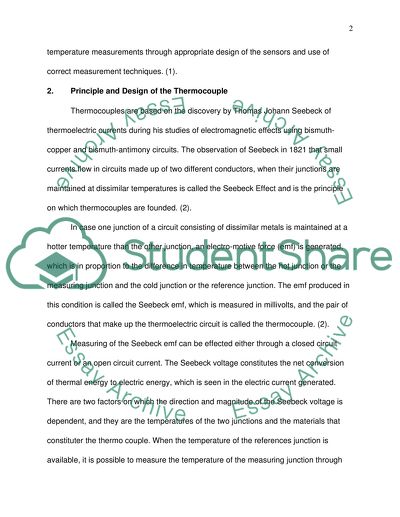Cite this document
(“Thermocouple and thermistor Essay Example | Topics and Well Written Essays - 2500 words”, n.d.)
Retrieved from https://studentshare.org/technology/1423537-thermocouple-and-thermistor
Retrieved from https://studentshare.org/technology/1423537-thermocouple-and-thermistor
(Thermocouple and Thermistor Essay Example | Topics and Well Written Essays - 2500 Words)
https://studentshare.org/technology/1423537-thermocouple-and-thermistor.
https://studentshare.org/technology/1423537-thermocouple-and-thermistor.
“Thermocouple and Thermistor Essay Example | Topics and Well Written Essays - 2500 Words”, n.d. https://studentshare.org/technology/1423537-thermocouple-and-thermistor.


